Home>Garden Essentials>How To Harvest Begonia Seeds
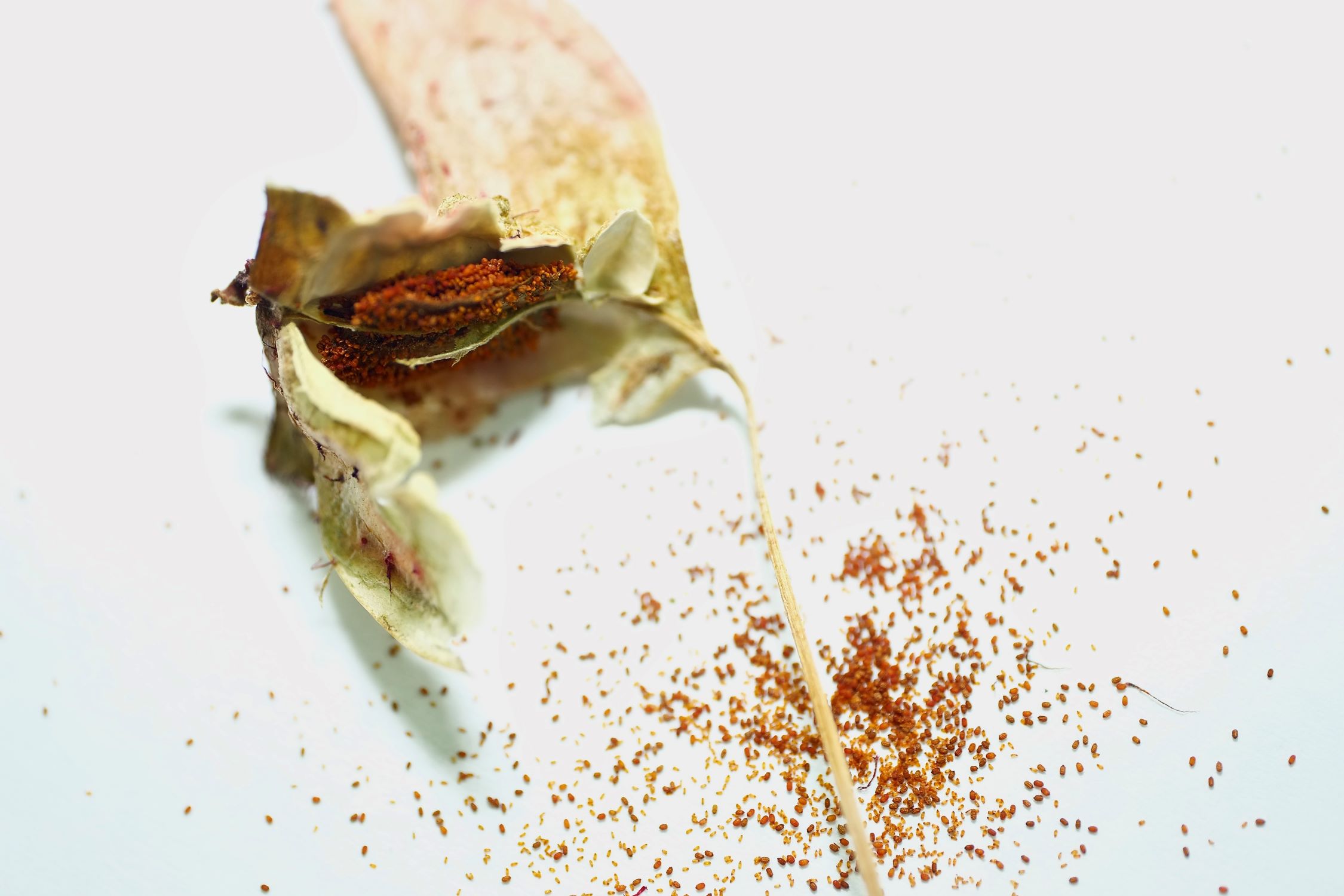

Garden Essentials
How To Harvest Begonia Seeds
Modified: March 16, 2024
Discover the secrets of harvesting begonia seeds in your garden. Learn the step-by-step process to save and store these precious seeds for future planting.
(Many of the links in this article redirect to a specific reviewed product. Your purchase of these products through affiliate links helps to generate commission for Storables.com, at no extra cost. Learn more)
Introduction
Welcome to the world of begonias, where beauty blooms in a myriad of vibrant colors and delicate petals. Whether you’re a seasoned gardener or just starting out, harvesting begonia seeds can be a rewarding endeavor that allows you to propagate these stunning flowers and expand your garden. In this guide, we will explore the process of harvesting begonia seeds, from choosing the right plants to storing the seeds for future use.
Begonias are a diverse genus of flowering plants, encompassing over 1,800 species. These plants are known for their showy flowers and attractive foliage. With a wide range of cultivars available, including tuberous begonias, fibrous begonias, and semperflorens begonias, there is a begonia variety to suit every gardener’s taste.
When it comes to harvesting begonia seeds, the first step is to choose the right plants. Look for begonias that have healthy and robust growth as these are more likely to produce viable seeds. Consider factors such as flower quality, plant health, and lifespan to select the best candidates for seed harvesting.
Next, it’s important to identify the seed pods on the begonia plants. These pods develop after the flowers have bloomed and contain the seeds for propagation. Seed pods can vary in appearance, depending on the begonia species or variety. They may be small, capsule-like structures or elongated pods that resemble small fruits. Observing the plant closely and consulting plant references can help you identify the seed pods accurately.
Key Takeaways:
- Choose healthy begonia plants with desired traits, and adaptability to your climate for successful seed harvesting. Proper care and selection increase the chances of high-quality seeds for future propagation.
- Identify ripe seed pods by observing shape, color, and texture. Prepare a clean workspace, gather tools, and harvest seeds carefully. Clean, dry, and store seeds in airtight containers for future use.
Read more: How To Grow Begonia From Seed
Choosing the Right Begonia Plants
When it comes to harvesting begonia seeds, selecting the right plants is crucial. This step sets the foundation for successful seed harvesting and ensures the quality of the seeds you collect. Here are some factors to consider when choosing begonia plants for seed production:
- Plant Health: Opt for begonia plants that are healthy and free from diseases or pests. Look for vibrant green foliage, sturdy stems, and well-formed flowers. Healthy plants are more likely to produce strong and viable seeds.
- Desired Traits: Consider the specific traits you want to preserve or enhance in your begonia plants. Do you prefer larger flowers, unique color patterns, or certain growth habits? Select plants that exhibit these desired traits to produce seeds that carry those characteristics.
- Species or Variety: Begonias come in various species and cultivars, each with its own unique characteristics. Research different begonia types to find the ones that best suit your preferences and growing conditions. Some popular begonia types include tuberous begonias, which have showy flowers, and semperflorens begonias, known for their continuous bloom.
- Adaptability: Consider the environmental conditions in your garden. Some begonias thrive in full sun, while others prefer shade or partial shade. Choose plants that are well-suited to your local climate and growing conditions to ensure successful seed production.
- Availability: Begonias can be purchased as young plants or started from seeds. If you have a specific begonia variety in mind, check if it is readily available as seeds or as established plants. Availability may vary depending on your location and the time of year.
By carefully selecting begonia plants based on these considerations, you can increase the chances of harvesting high-quality seeds that will yield beautiful and healthy plants in the future. Remember to give your chosen plants proper care and attention, including regular watering, adequate sunlight, and appropriate fertilization, to ensure optimum seed production.
Identifying the Seed Pods
Once you have selected the right begonia plants, the next step in seed harvesting is identifying the seed pods. These pods contain the precious seeds that will be used for propagation. Identifying the seed pods correctly is essential to ensure that you collect seeds at the right stage of development. Here are some key characteristics to look for when identifying begonia seed pods:
- Pod Shape and Size: Begonia seed pods can vary in shape and size depending on the species or variety. They may be small and round, elongated and cylindrical, or even winged. Take note of the typical pod shape for the specific begonia type you are working with.
- Color: Seed pods can have different colors as they mature. They may start off green and gradually change to brown, red, or even black. Pay attention to the color transformation of the seed pods to know when they are ready for harvesting.
- Texture: The texture of the seed pods can provide clues about their readiness for harvesting. Mature seed pods may feel dry and slightly papery to the touch, indicating that the seeds inside have reached maturity.
- Seed Pod Location: Note where the seed pods are located on the begonia plant. Some varieties produce seed pods at the base of the flowers, while others may have them positioned on the stems or along the leaf axils. Familiarize yourself with the typical seed pod location for the begonia plants you are working with.
- Observation and Comparison: Observe the begonia plants closely and compare the developing seed pods with reference images or descriptions. This can help you confirm that you are indeed looking at seed pods rather than the spent flowers or other plant structures.
Remember that not all begonia flowers will produce seed pods, especially if they have been hybridized or selectively bred for their unique characteristics. However, by selecting plants that are known to produce seeds and familiarizing yourself with the specific traits, shapes, and colors of seed pods, you can confidently identify the ones ready for harvesting.
Preparing for Seed Harvesting
Before you begin the process of harvesting begonia seeds, it’s important to make some preparations to ensure a successful and efficient seed collection. By taking the following steps, you can set yourself up for a smooth seed harvesting experience:
- Gather your Tools: Collect the necessary tools and equipment for seed harvesting. This may include small scissors or pruning shears for cutting the seed pods, clean and dry containers for holding the seeds, and labels for proper identification.
- Choose the Right Time: Timing is crucial when it comes to seed harvesting. Wait until the seed pods have fully matured before collecting the seeds. Look for signs such as changes in color, dryness, and cracks in the seed pods. This indicates that the seeds are ripe and ready to be collected.
- Prepare a Clean Workspace: Set up a clean and well-lit area for seed harvesting. Make sure your workspace is free from dirt, debris, and potential contaminants. This will help maintain the quality and viability of the collected seeds.
- Sanitize your Tools: Before you start cutting the seed pods, ensure that your tools are clean and sterilized. Wipe the blades of your scissors or pruning shears with rubbing alcohol or a sanitizing solution to prevent the spread of diseases or pathogens.
- Label and Organize: Prepare labels or tags to identify the different varieties or species of begonia seeds you will collect. This will help you keep track of the seeds and avoid mix-ups during the drying and storing process.
- Be Selective: Assess the maturity and quality of the seed pods before harvesting. Avoid collecting pods that appear damaged, moldy, or immature. Select the healthiest and most developed seed pods to ensure the highest chances of successful germination.
By making these preparations, you will be well-equipped and organized for the seed harvesting process. Remember to approach the task with patience and care, ensuring that you preserve the integrity of the collected seeds. With your tools and workspace ready, you are now prepared to move on to the actual seed harvesting process.
After the begonia flowers have faded, allow the seed pods to develop and turn brown. Once the pods are dry, carefully open them and collect the small, brown seeds. Store the seeds in a cool, dry place until you are ready to plant them.
Harvesting Begonia Seeds
Now that you have prepared for the seed harvesting process, it’s time to collect the begonia seeds. Follow these steps to ensure a successful seed harvest:
- Identify Ripe Seed Pods: Carefully examine the begonia plants and identify the seed pods that have reached maturity. Look for dried, cracked, or discolored pods, as these are signs that the seeds inside are ready for harvesting.
- Hold the Seed Pod: Gently hold the seed pod between your fingers or use small scissors or pruning shears to cut the seed pod from the plant. Be cautious not to damage the surrounding plant structures or other seed pods.
- Collect the Seeds: Open the seed pod carefully and extract the seeds. Begonia seeds are typically small and may be enclosed in a thin membrane or attached to a placental structure. Carefully separate the seeds from any debris or remaining plant material.
- Place the Seeds in a Container: Transfer the harvested seeds into a clean, dry container. Use a container with a lid or sealable bag to prevent moisture or air from reaching the seeds and affecting their viability.
- Label the Container: Label the container with the variety or species of begonia seeds collected, along with the date of harvesting. This will help you keep track of the different seed batches and ensure proper identification in the future.
- Continue Harvesting: Repeat the process of identifying ripe seed pods, carefully extracting the seeds, and storing them in labeled containers. Take your time to collect seeds from as many mature seed pods as possible.
Remember to handle the begonia seeds with care to avoid damaging them. Additionally, keep in mind that some begonia species produce fewer seeds than others, so you may need to collect seeds from multiple plants to achieve a substantial seed yield.
Once you have finished harvesting the begonia seeds, proceed to the next step of cleaning and drying the seeds to prepare them for storage and future planting.
Read more: How Long Until Begonia Germinate
Cleaning and Drying the Seeds
After harvesting the begonia seeds, it’s important to clean and dry them properly to ensure their longevity and viability. Follow these steps to clean and dry your begonia seeds:
- Remove Debris: Start by removing any debris or remaining plant material from the harvested seeds. Gently pick out any twigs, leaves, or other unwanted particles that may have come along with the seeds.
- Rinse if Necessary: If the seeds are sticky or have a residue on them, you can rinse them briefly under running water. Use a fine-mesh sieve or strainer to prevent the seeds from washing away. Pat the seeds dry gently with a clean cloth or paper towel to remove excess moisture.
- Air Dry: Spread the cleaned seeds out in a single layer on a clean and dry surface, such as a paper towel or a screen. Ensure that the seeds are spaced out and not clumped together to allow for proper air circulation.
- Choose a Well-Ventilated Area: Place the seeds in a well-ventilated area away from direct sunlight. Good airflow will aid in the drying process, while avoiding direct sunlight will prevent excessive heat that could damage the seeds.
- Monitor the Drying Process: Check on the seeds regularly to ensure they are drying properly. Stir or turn the seeds gently every few days to prevent them from sticking together or developing mold. The seeds are dry when they are hard, crisp, and no longer feel moist.
- Test for Dryness: To confirm that the seeds are fully dried, you can perform a simple test. Take a seed and try to break it in half. If it snaps easily without bending or feeling soft, it is likely dry enough for storage.
It is important to note that the drying process may take several days to a few weeks, depending on the humidity levels in your area. Be patient and allow the seeds enough time to dry thoroughly before moving on to the next step.
Once you are confident that the seeds are completely dry, you can proceed to the final step of storing them for future use.
Storing Begonia Seeds
Proper storage is crucial for maintaining the viability of begonia seeds over an extended period. Follow these guidelines to ensure optimal storage conditions:
- Use Airtight Containers: Transfer the completely dried begonia seeds into small airtight containers, such as small glass jars or resealable plastic bags. Make sure the containers are clean and dry before adding the seeds.
- Label the Containers: Label each container with the variety or species of begonia, the date of collection, and any additional relevant information such as flower color or growth habit. This will help you keep track of the different seed varieties and make it easier to identify them in the future.
- Store in a Cool and Dark Place: Find a cool and dark location to store your begonia seeds. A temperature range of 40°F to 50°F (4°C to 10°C) is generally suitable. Avoid areas that are prone to extreme temperature fluctuations, excessive humidity, or direct sunlight.
- Humidity Control: It’s important to keep the humidity levels low to prevent the seeds from becoming damp or moldy. You can consider adding desiccant packets or silica gel to the containers to absorb any moisture that may be present. Replace the desiccant packets periodically to maintain their effectiveness.
- Regularly Check for Viability: Periodically check the stored begonia seeds for viability. After a few months, or at least once a year, perform a germination test by planting a small sample of the stored seeds. This will help you assess the percentage of seeds that are still viable and make any necessary adjustments to your storage conditions or techniques.
- Properly Dispose of Non-viable Seeds: If you find that a significant number of stored seeds are no longer viable, remove them from the storage containers to prevent potential mold or disease issues. Discard any non-viable seeds responsibly.
With these storage practices in place, your begonia seeds should remain viable for several years, allowing you to enjoy successful germination and continue growing these beautiful plants in your garden.
Remember to monitor the storage conditions periodically and make adjustments as necessary to ensure the longevity of your begonia seeds.
Conclusion
Harvesting begonia seeds is a rewarding process that allows you to propagate these stunning plants and expand your garden with an array of colors and forms. By choosing the right begonia plants, identifying the ripe seed pods, and properly harvesting, cleaning, drying, and storing the seeds, you can ensure their viability for future planting.
When selecting begonia plants for seed production, consider factors such as plant health, desired traits, adaptability to your local climate, and availability. This will help you choose the best candidates for seed harvesting.
Identifying ripe seed pods is crucial for successful seed harvesting. Pay attention to the pod shape, color, texture, and location on the plant to determine when they are ready to be harvested.
Before you begin the actual seed harvesting process, gather the necessary tools, choose the right time for harvesting, and prepare a clean workspace. This will help you have a smooth and efficient experience throughout the process.
Clean and dry the harvested seeds by removing debris, rinsing if necessary, and allowing them to air dry in a well-ventilated area. Regularly monitor the drying process to ensure the seeds are fully dried and no longer moist.
Proper storage is essential for maintaining the viability of begonia seeds. Store the completely dried seeds in airtight containers, label them accurately, and place them in a cool and dark location with low humidity. Regularly check for seed viability and make any necessary adjustments to maintain optimal storage conditions.
By following these steps, you can enhance your gardening experience and enjoy the satisfaction of propagating begonias from the seeds you harvest. With patience and care, your efforts will be rewarded with beautiful begonia plants that will bring joy and color to your garden for years to come.
Frequently Asked Questions about How To Harvest Begonia Seeds
Was this page helpful?
At Storables.com, we guarantee accurate and reliable information. Our content, validated by Expert Board Contributors, is crafted following stringent Editorial Policies. We're committed to providing you with well-researched, expert-backed insights for all your informational needs.
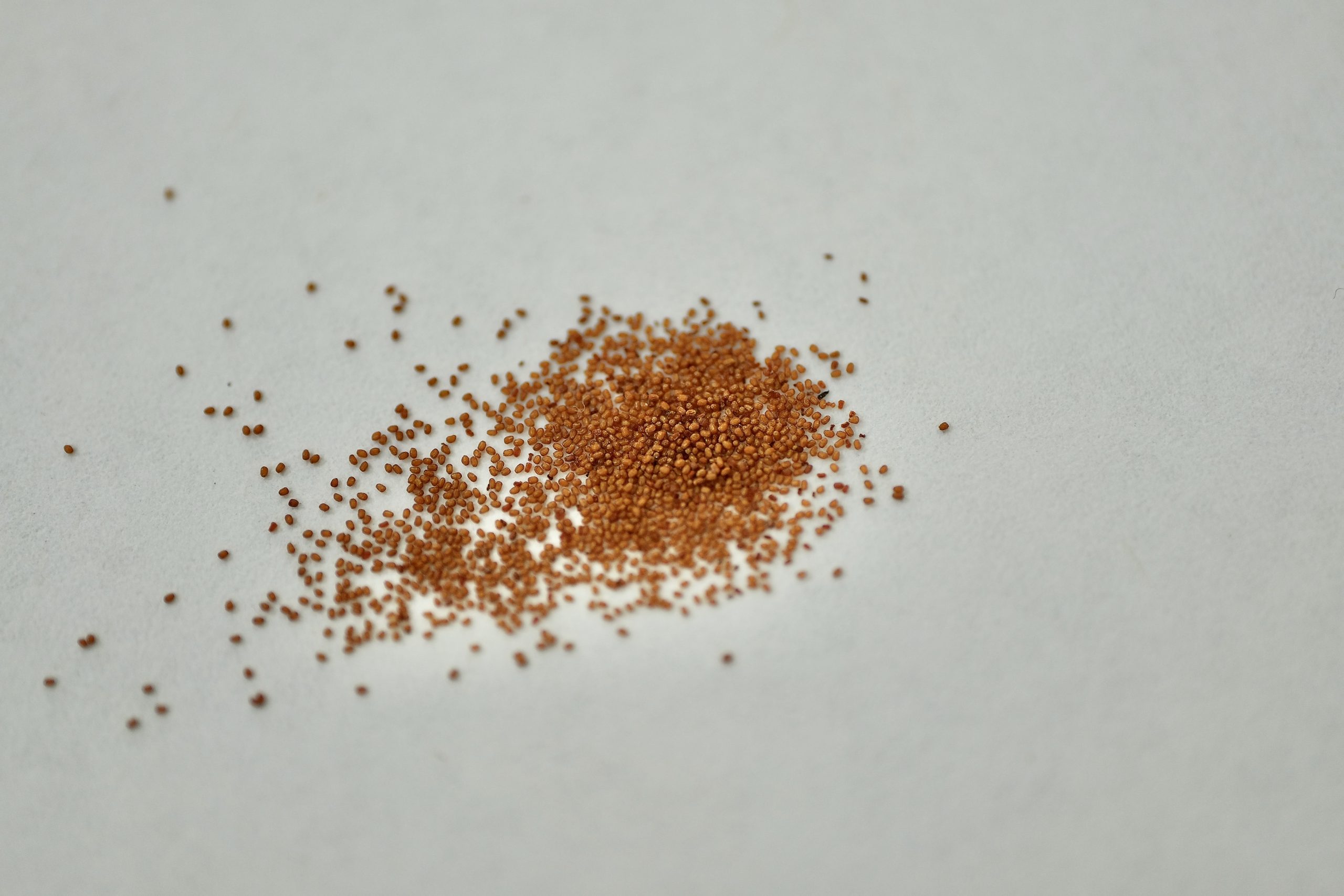
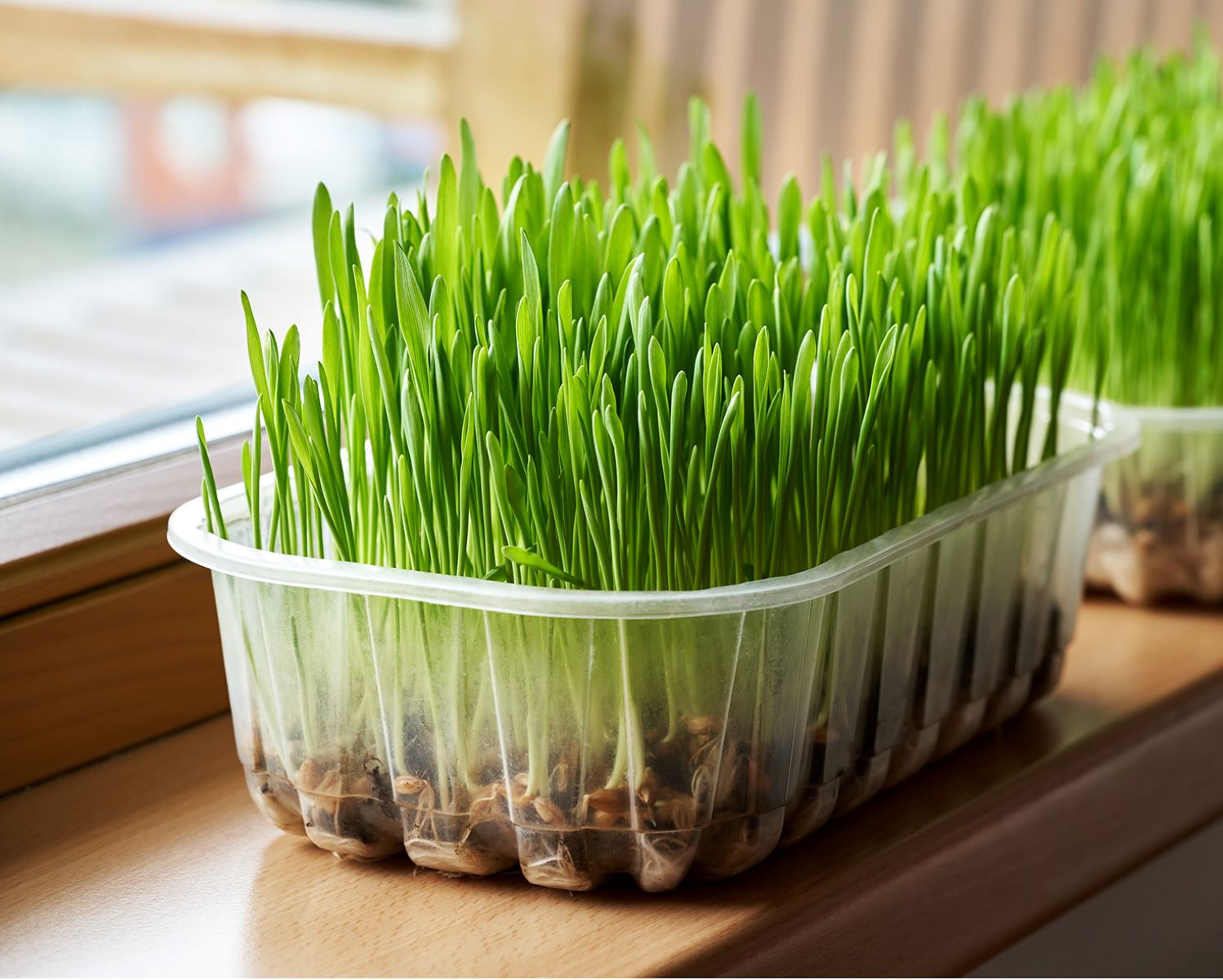
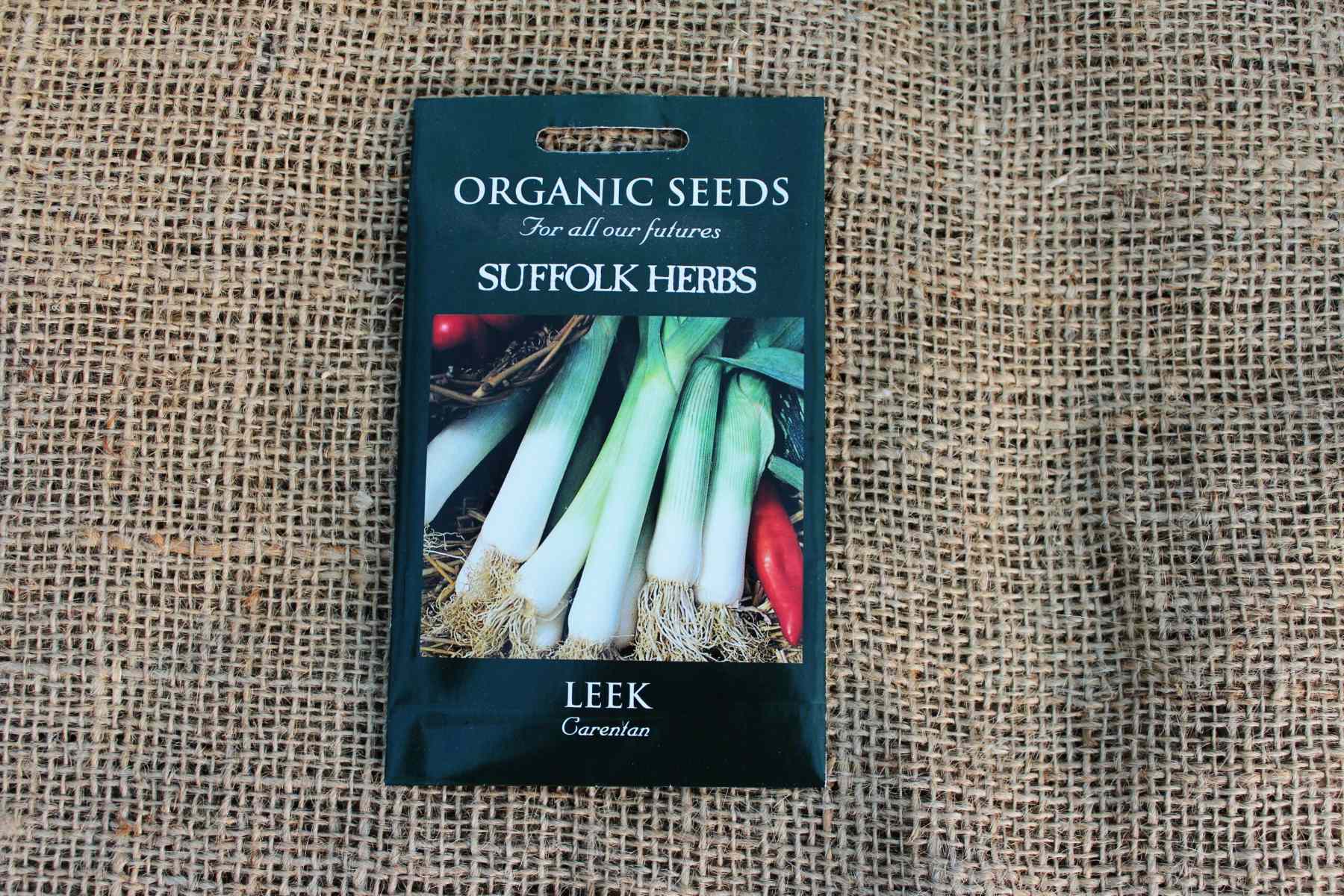
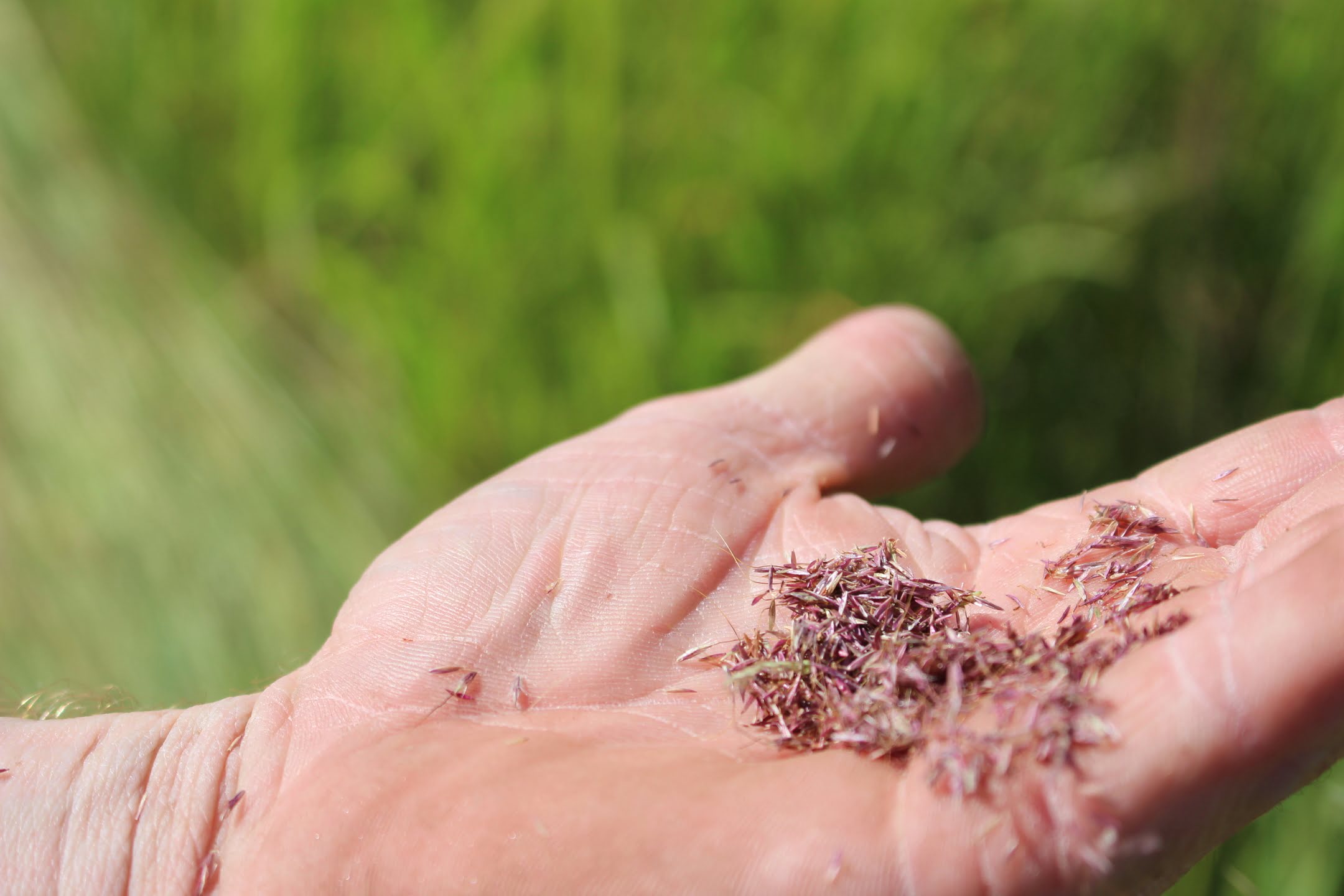
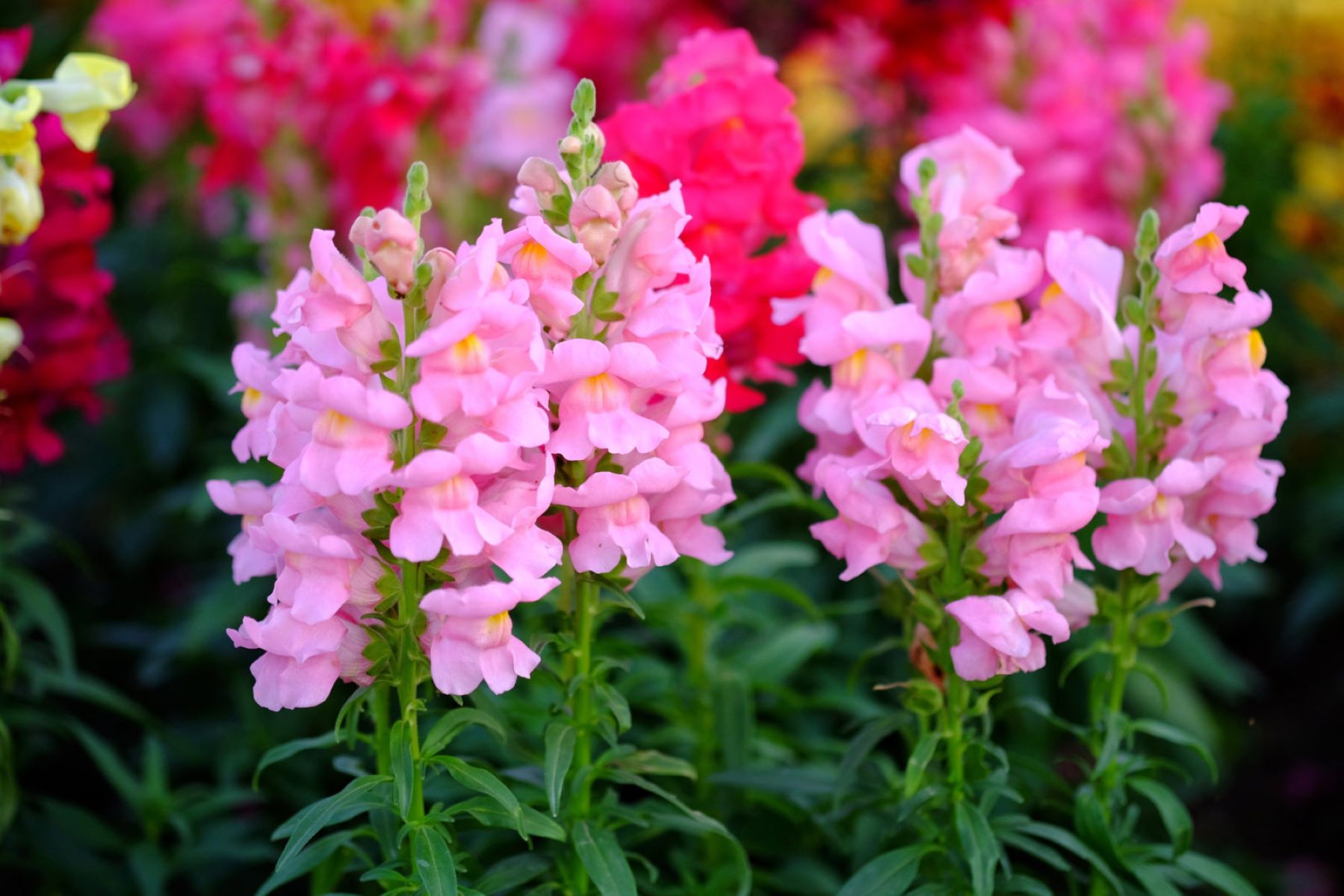
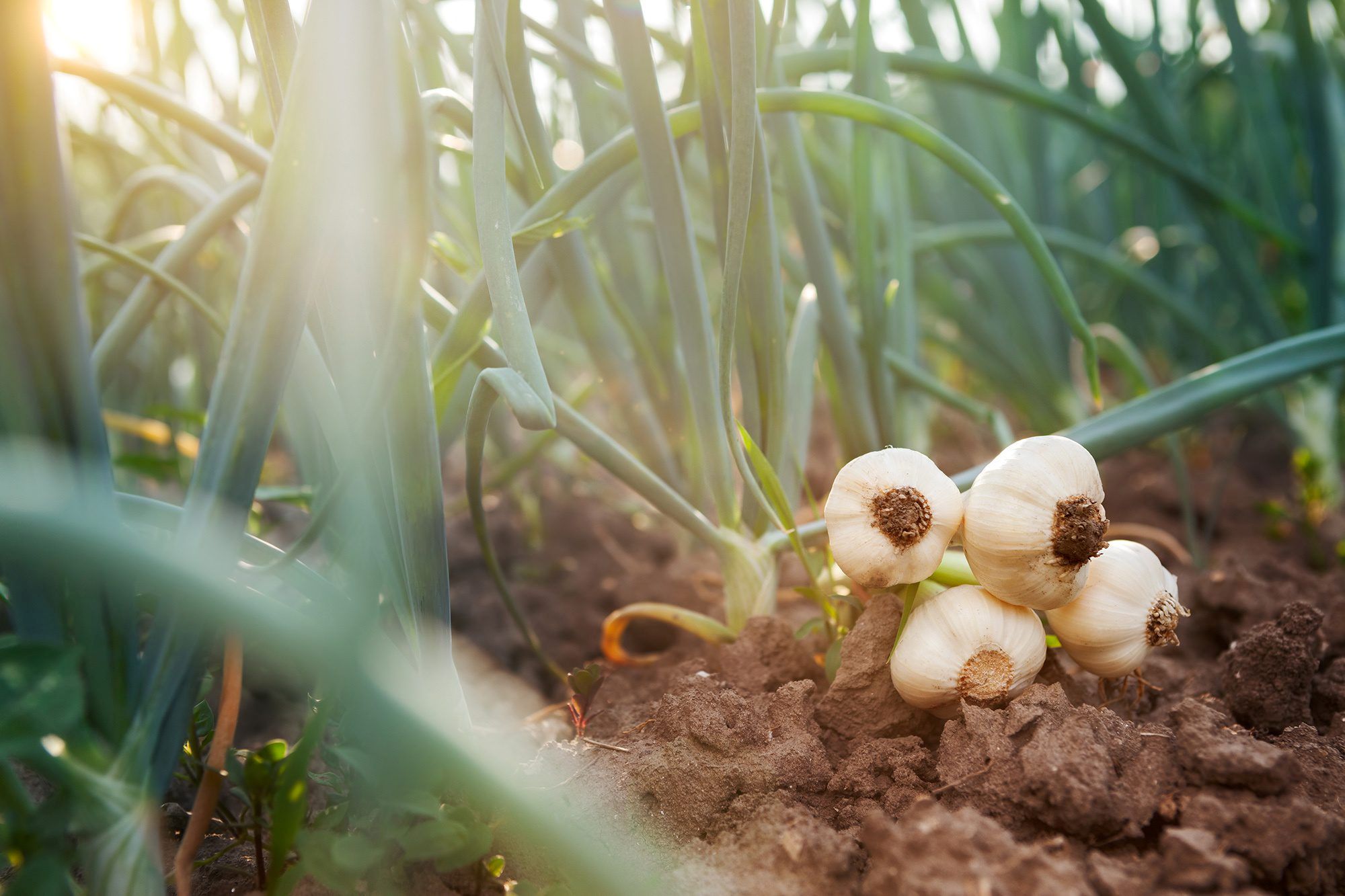
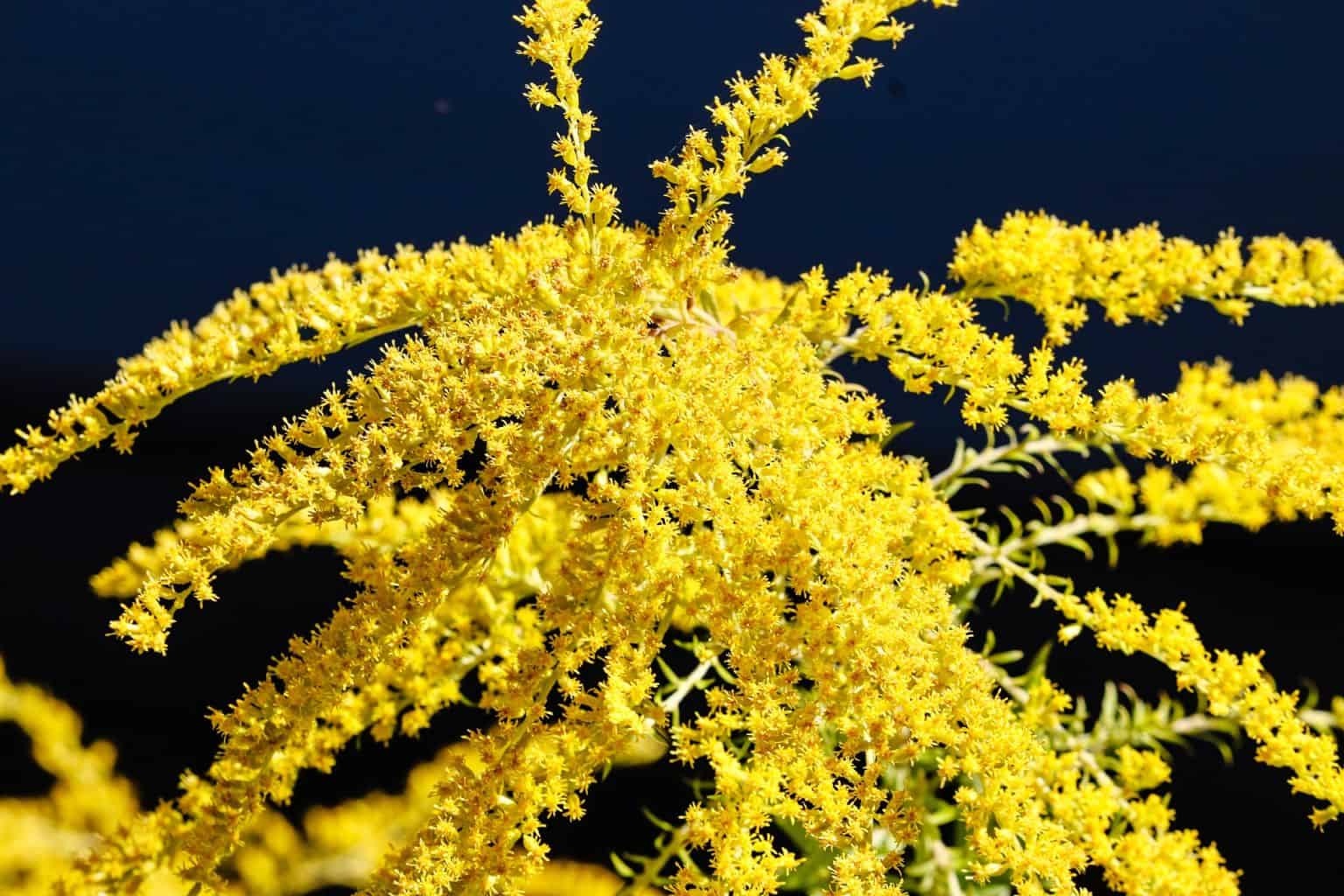
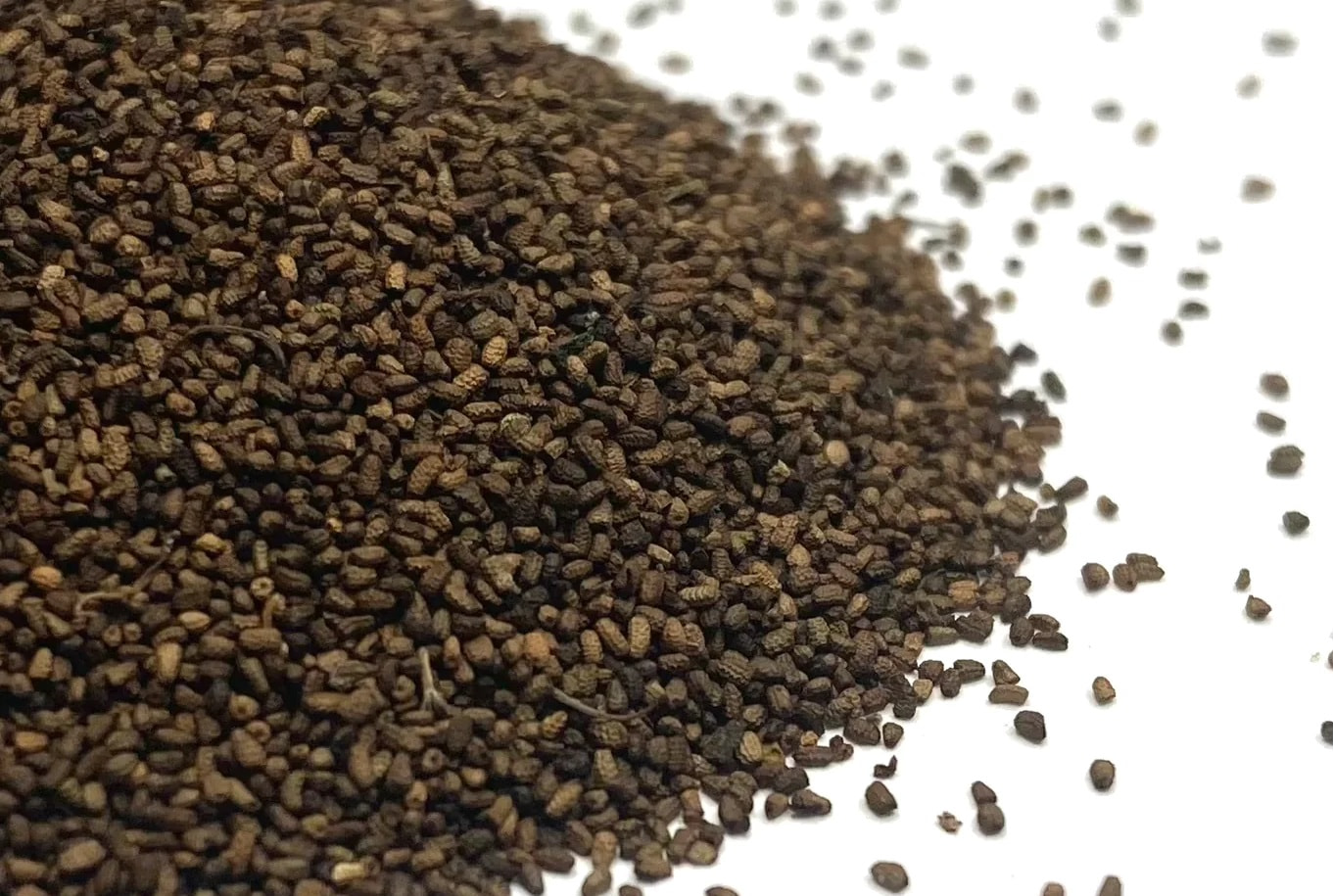
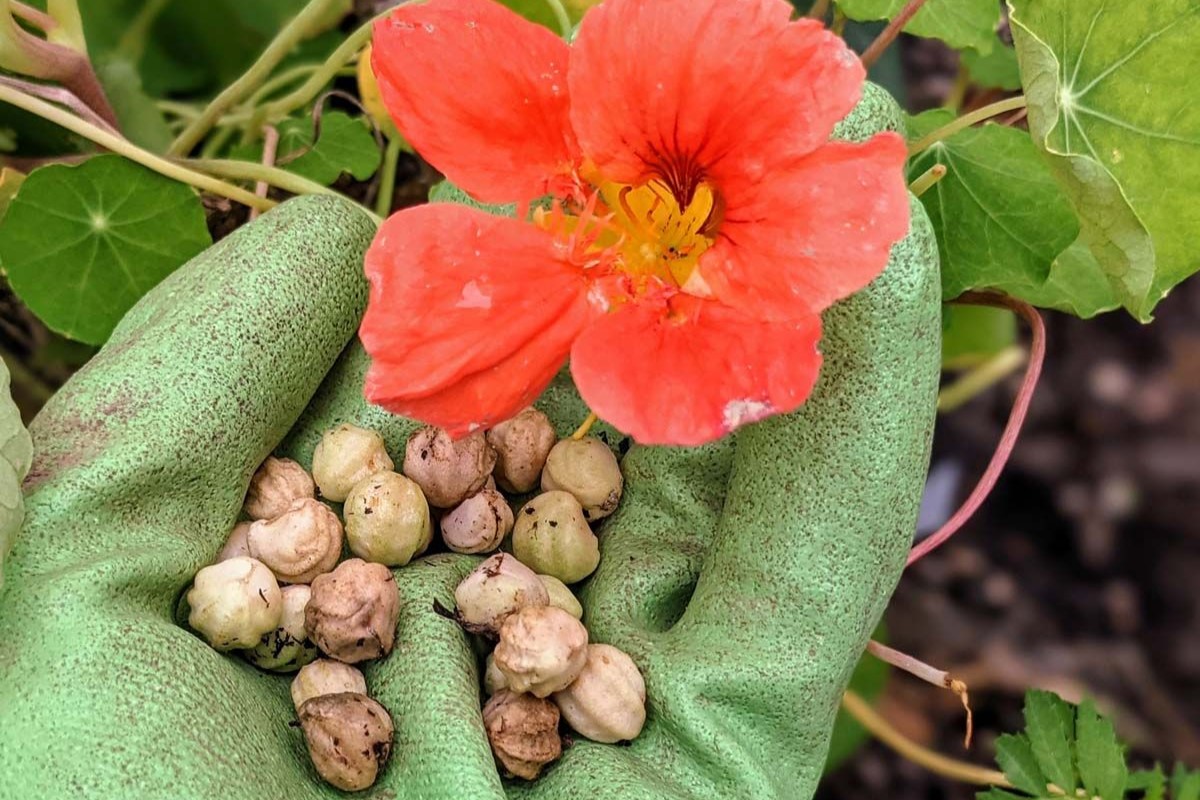
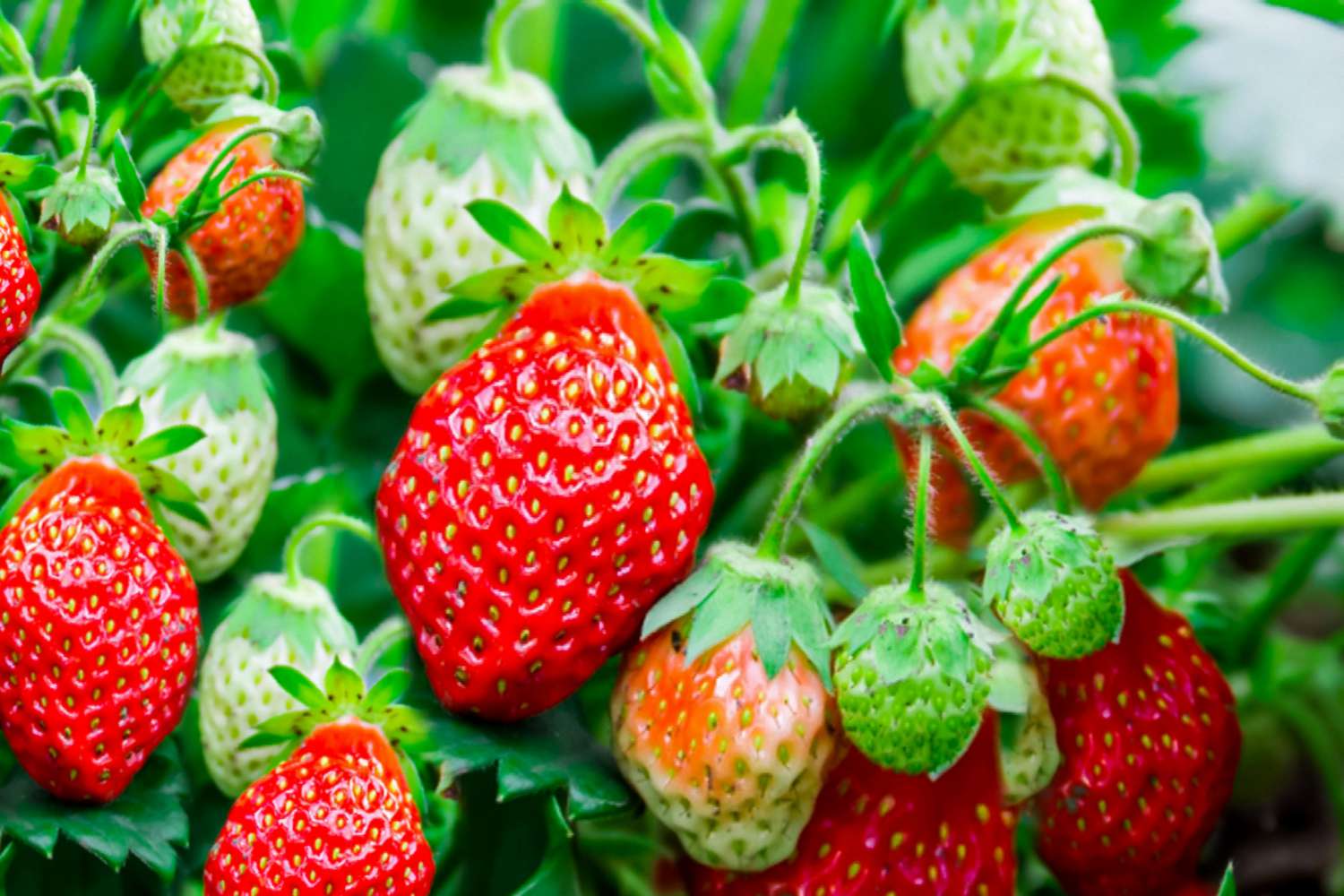
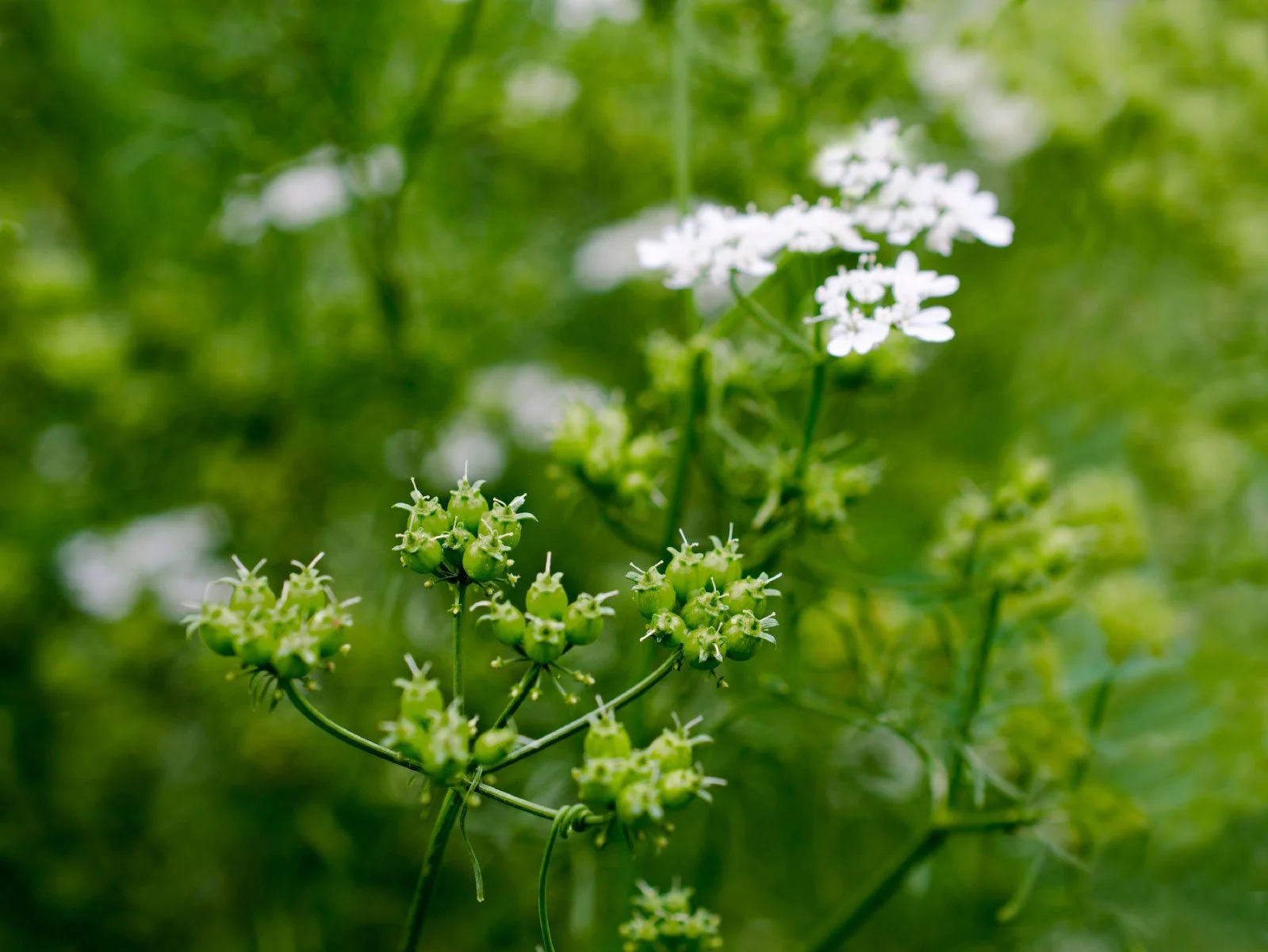
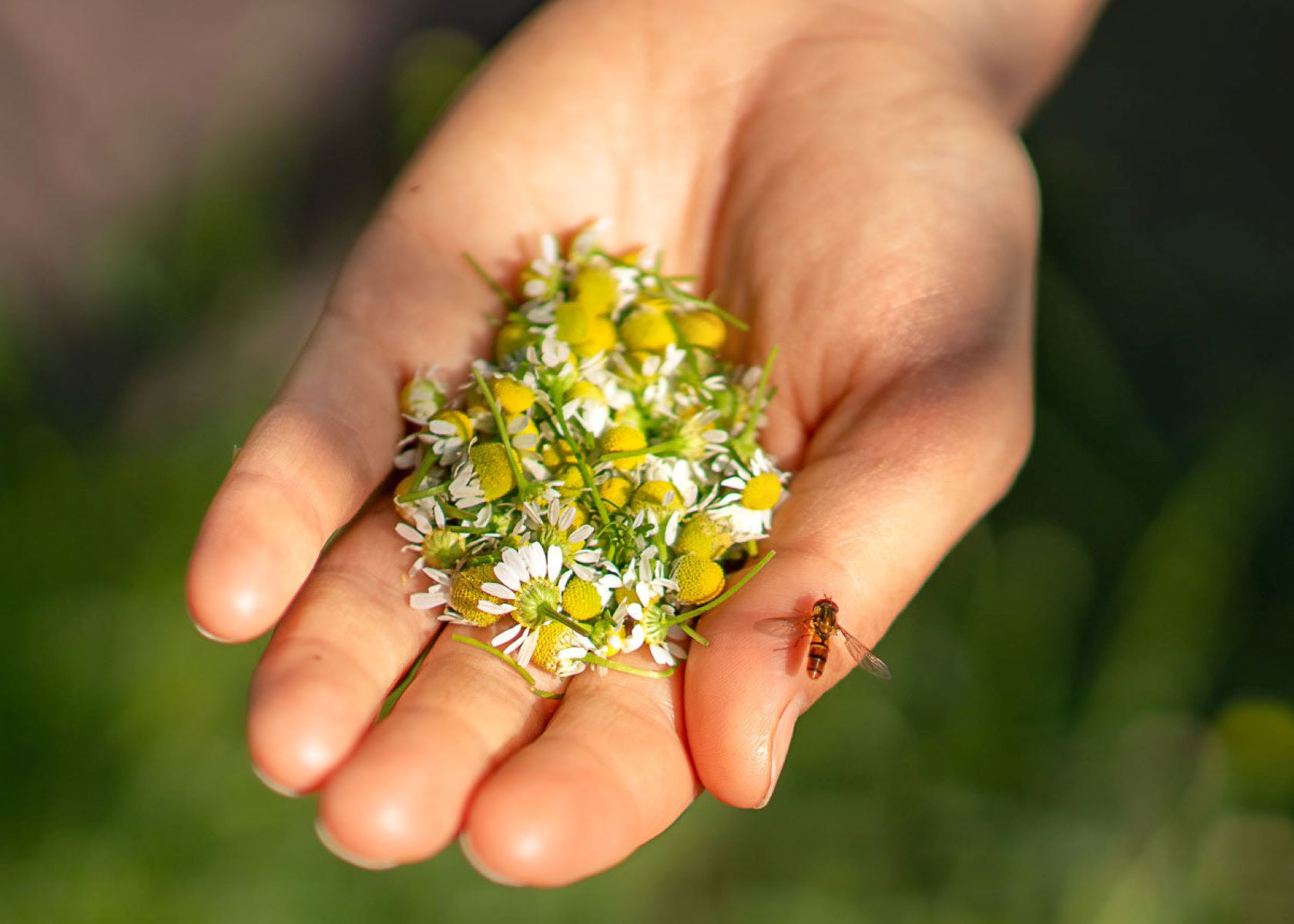
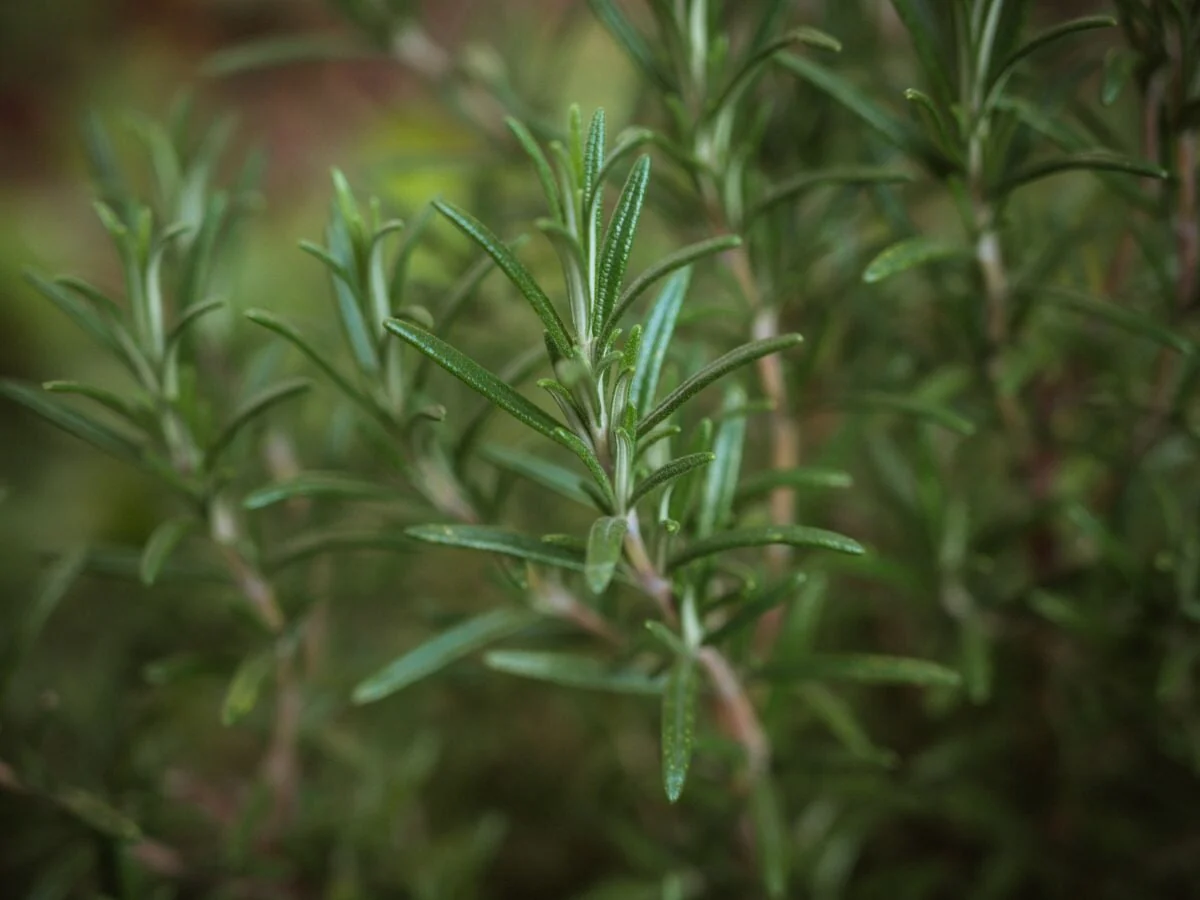
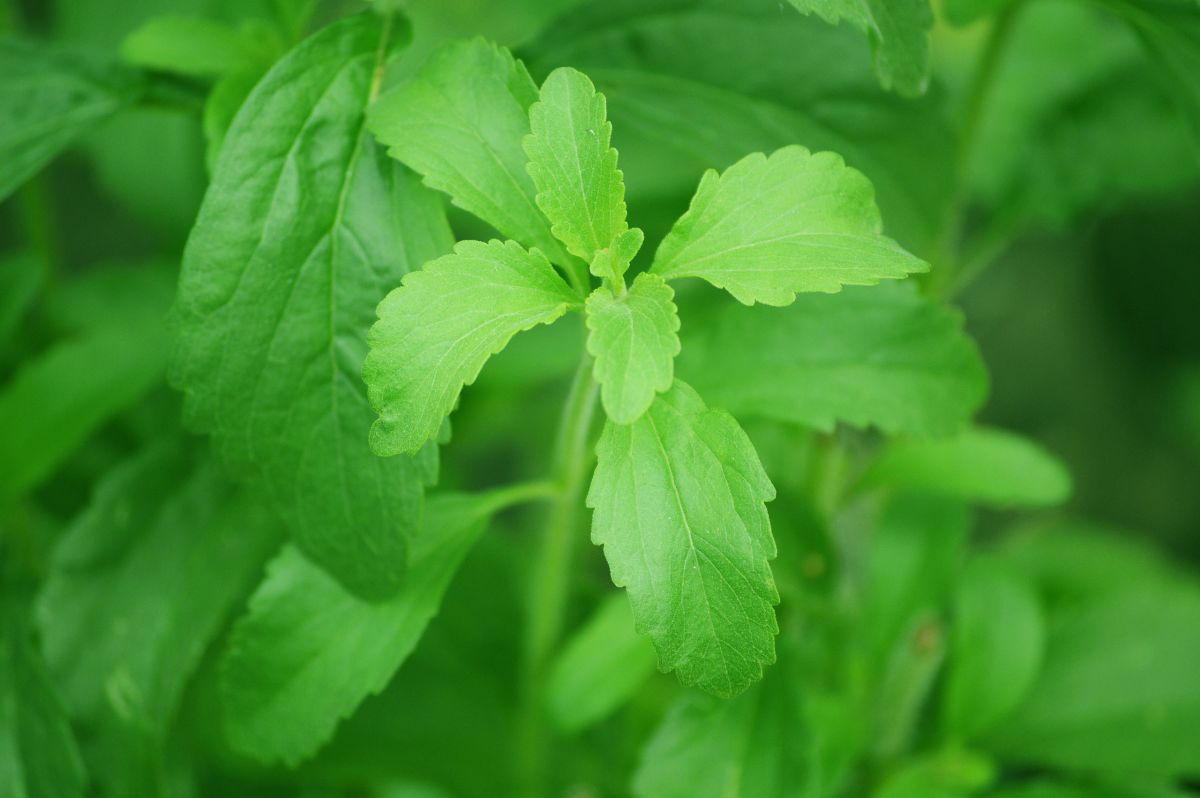

0 thoughts on “How To Harvest Begonia Seeds”